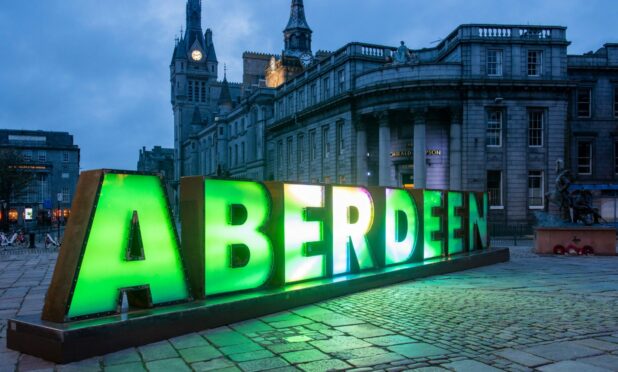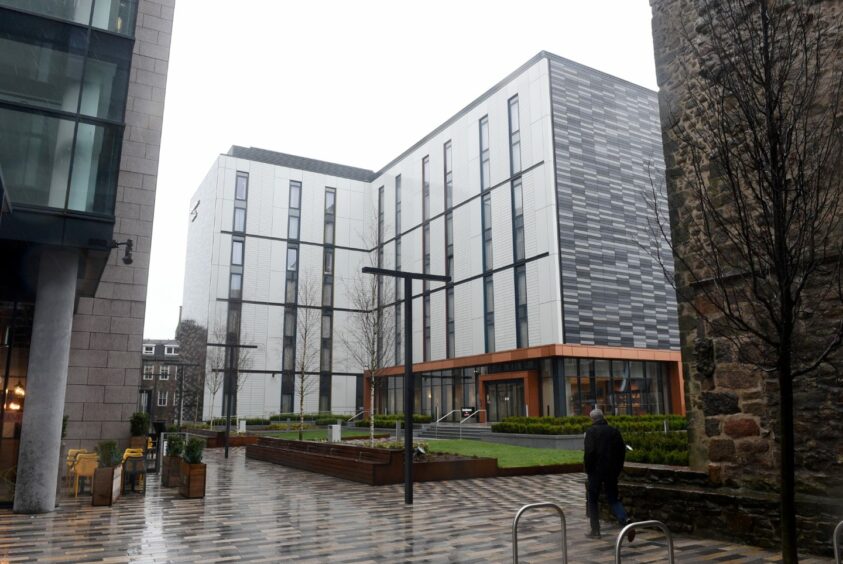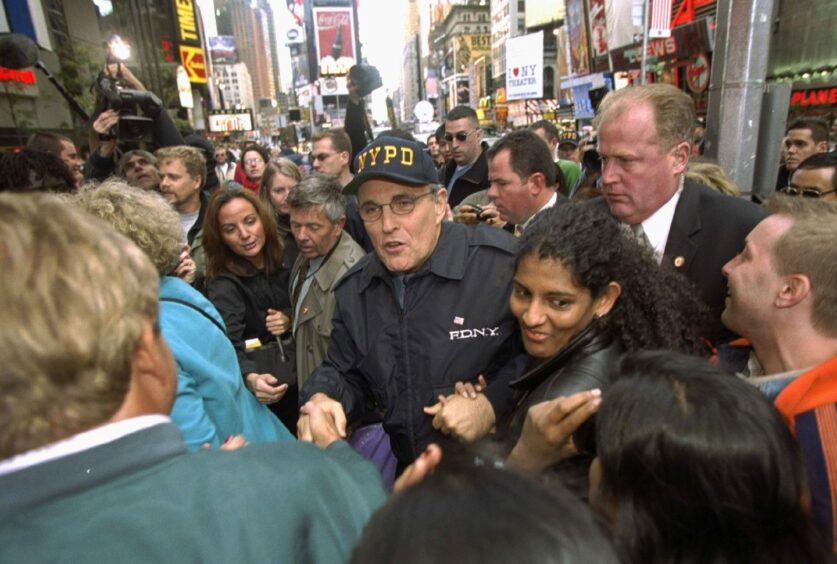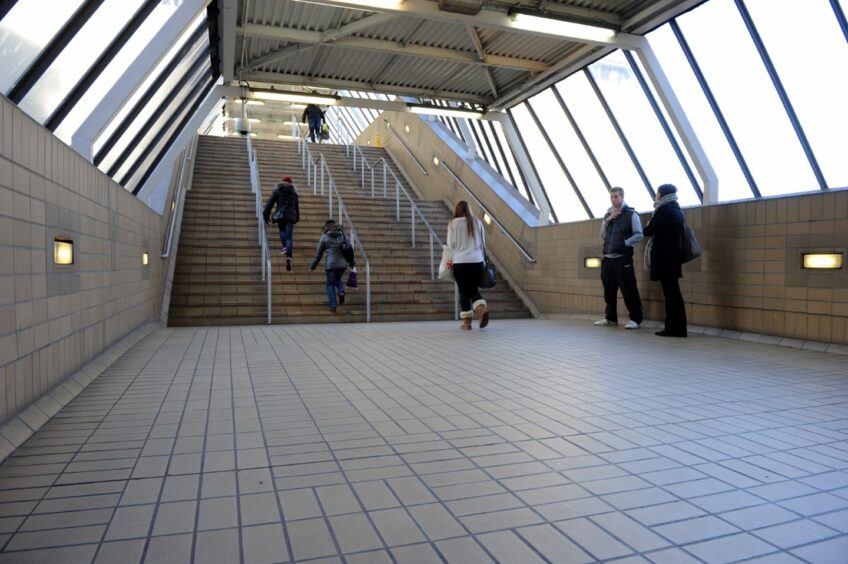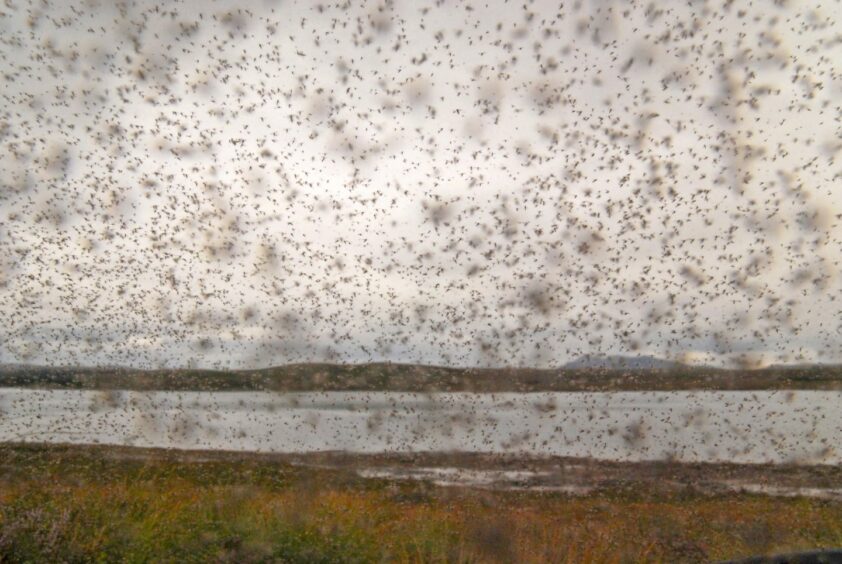Evil benches. It’s a thing. An architectural thing to be exact and you’ll likely have encountered them without knowing their nickname, at airports, parks or fast food restaurants.
They are not evil, far from it, they are often beautiful and designed with good intentions. What they are is uncomfortable.
They may have arms to stop people lying down on them, be too high to do anything other than perch or be made of a metal that gives you a numb bum after five minutes.
Some very busy McDonald’s used to have seats that sloped slightly forwards so diners would move on quickly, while in public spaces evil benches can deter anti-social behaviour.
Seating may not seem all that important when it comes to reinventing a city centre, but you could say the same about broken windows and there’s a whole theory named after those.
Broken windows theory posits that minor signs of crime can create an urban environment which engenders further disorder.
Union Street reimagined
New York Mayor Rudy Giuliani famously seized on the idea in the 1990s, cracking down on subway dodgers and vandals with the aim of deterring more serious crime.
It was effective, although controversial, and sadly it’s been all downhill from there for Giuliani, but hey, no-one’s perfect.
So I was fascinated to read Neil Lamb’s piece in The P&J this week about a reimagined Union Street, because getting the Granite Mile right could unlock the potential of the entire region.
As a principal lecturer in architecture at RGU, he brings a fresh perspective to what might be viewed solely as an economic or social conundrum, rather than a design opportunity.
He believes we need to “clean up Union Street, respect the heritage and protect it”.
He suggests we prioritise the “right type of businesses, cafes and office spaces”, and remove all the “intrusive signage” and “generic street furniture”.
He proposed a tramway that connects to bus hubs and he’s definitely on the right track there, excuse the pun.
Aberdeen is such a disjointed city, with no single coherent idea that brings its disparate parts together.
I can’t face those steps at the Trinity Centre anymore, then battle my way through cigarette smoke to get to St Nicholas Centre and fend off seagulls if I’m stupid enough to buy a takeaway sandwich and try to find cover to eat it.
Park and stay put
This is why I drive into town instead of taking the train, park in a multi-storey at one of the shopping centres and don’t venture beyond it.
On Thursday it was exclusively revealed by The P&J that the Trinity Centre has been sold to a local buyer who has lots of plans for it.
One of them had better be installing an escalator and dealing with the expanse of floor that gets slippy when it rains and has seen me clinging to the wall with my fingernails to get across it.
Big ideas will get you far but when it comes to executing them the devil is in the details.
While I was putting the world to rights, I spent a fun hour balancing Aberdeen City Council’s budget in their new computer game – CooncilCraft.
Alright so it’s not called that and it’s not a game, it has a serious purpose but in my defence there are points, rules and a degree of skill involved.
How will you allocate your points?
If you haven’t played it yet – I mean taken part – you must.
Amid criticism over cutbacks, the council has launched an online survey where you get 100 points to allocate to public services as you see fit.
There isn’t a Department for the Gamification of Community Engagement but there should be because this interactive survey is a fantastic idea.
The Highland Council has departments for Environment and Tourism but neither can do much about the scourge of summer evenings – midges.
The little blighters may be making their cinematic debut after Fort William crime writer JD Kirk pitched the idea for a midge horror film.
The concept is about a strain of “mutant flesh-eating midges” which sounds about as hilarious and wonderful as a movie about evil benches. I can’t wait.
